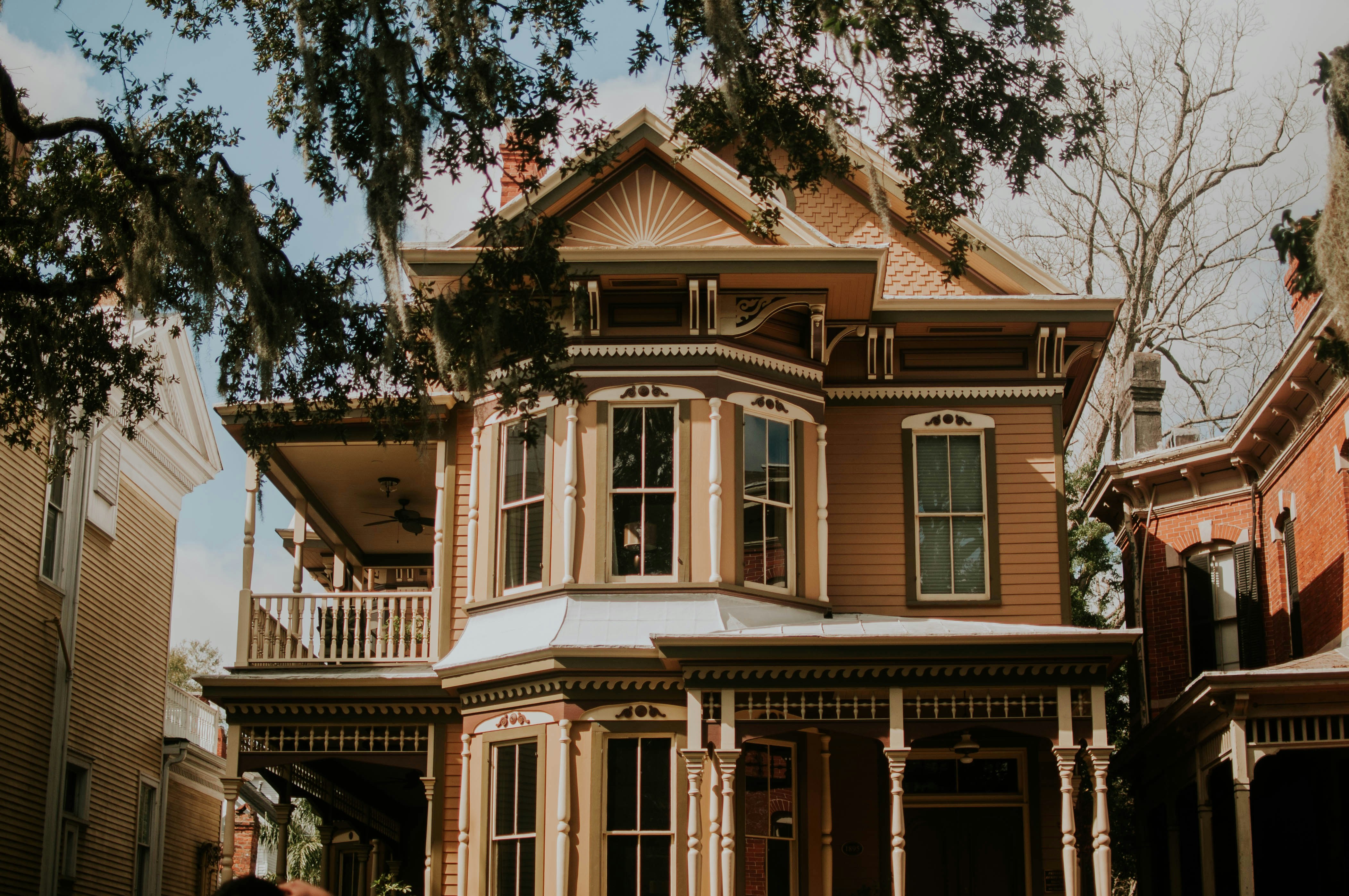
Heritage homes, built in the late 19th or early 20th centuries, are known for their architectural charm and timeless beauty. However, as lovely as they are, these homes can sometimes feel a little lacking when it comes to the comforts of modern living. If you have been lucky enough to purchase or inherit a heritage home, here is how you can bring it into the current century while maintaining its unique appeal.
Respecting Heritage Significance
Before embarking on any renovation, it is important to understand the heritage status of the home. Many heritage houses are subject to local conservation laws, which means that certain architectural features like exterior facades, period windows, and ornate moldings might need to be preserved. Often, these changes will need to be approved by local authorities.
Working with heritage experts or local councils will help ensure that renovations are compliant with regulations. Architects and interior design Mosman firms experienced in heritage projects can help navigate regulations, ensure that the home’s character is preserved, and offer creative solutions for blending modern features and conveniences with traditional design.
Upgrading Kitchens and Bathrooms
Kitchens and bathrooms are often the most dated areas in heritage homes. These rooms may have been built with smaller, enclosed layouts, limited storage, and outdated fixtures. Modernizing these spaces is a key part of making the home more functional and comfortable.
In the kitchen, you can introduce high-quality modern appliances, custom cabinetry, and updated lighting while retaining traditional elements like decorative cornices or vintage-style light fixtures. For example, shaker-style cabinetry in neutral tones can pair well with classic stone countertops.
Similarly, a blend of modern and heritage design can work beautifully in the bathroom. Freestanding clawfoot bathtubs, subway tiles, or brass fixtures can maintain a traditional feel, while contemporary elements like walk-in showers, heated floors, and sleek vanity units enhance comfort and practicality.
Opening Up the Living Space
Older homes were often designed with smaller, compartmentalized rooms, which can feel restrictive by today’s standards. One of the best ways to modernize a heritage home is by reconfiguring the floor plan to create open-plan living spaces. This approach not only increases the sense of space but also improves the flow between the kitchen, dining, and living areas.
That said, while the idea of removing walls may be appealing, you should be conservative when making structural changes to heritage homes. In many cases, it is possible to create the illusion of openness without fully removing walls. For example, installing large archways or using glass partitions can allow light to flow freely while preserving the architectural integrity of the home.
Technology and Sustainability Upgrades
Heritage homes were generally built before sustainability was a consideration. Upgrading the house with modern, energy-efficient features can drastically improve its comfort and eco-friendliness. Installing double-glazed windows, better insulation, and energy-efficient heating and cooling systems are great ways to improve the home’s thermal performance without altering its appearance.
Introducing smart home technology can also make daily living more convenient. Automated lighting, heating, and security systems can be integrated seamlessly, offering modern functionality without detracting from the heritage aesthetic. Solar panels, if allowed, are another excellent addition to reducing your home’s environmental footprint, and can end up helping you save on power bills.
Repurposing Original Features
As you add more modern elements to the home, do not overlook the period details that can be restored to their former glory. These elements not only inject character but also provide a tactile connection to the home’s history. For instance, original timber floorboards can be sanded back and polished to reveal their natural beauty, becoming a central feature of a modernized interior.
Similarly, intricate plasterwork on ceilings or decorative moldings around doors and windows can be repaired or repainted to restore their former grandeur. Fireplaces are another iconic feature in heritage homes that deserve attention during restoration. After a gas or electric conversion, an original fireplace can become a magnificent focal point in a living room or bedroom.
Repurposing original materials or fixtures is another creative way to blend old and new. For example, old timber beams can be salvaged and transformed into custom shelving or a statement piece like a dining table. Vintage doors with period-specific detailing can be reused in the home or even converted into sliding barn-style doors, offering a modern touch while preserving the heritage charm.
Don’t Forget the Outdoors
Traditional garden elements such as formal hedges, manicured lawns, and symmetrical garden beds echo the style of the home’s original era. This can be contrasted with more contemporary touches like minimalist stone paths or subtle lighting to enhance both form and function. Complete the look around the property with wrought-iron gates and a cast-stone fountain as a centerpiece in the garden.
Conclusion
Heritage homes are architectural treasures that deserve to be preserved for future generations. By carefully balancing modern amenities with the integrity of the original design, you can breathe new life into an old home and enjoy the best of both worlds. When planning your heritage home upgrade, be sure to consult with reputable architects and interior designers to realize your vision in a way that respects the property’s unique character.
